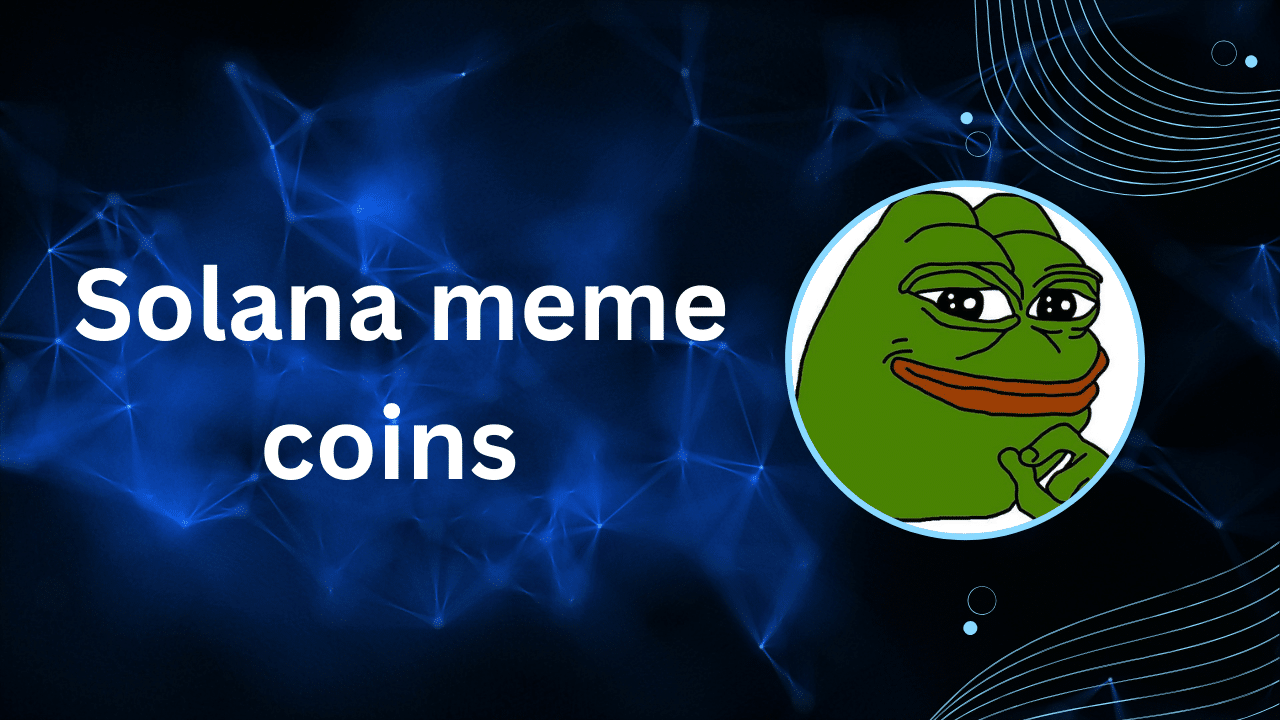Generating Meme Cryptocurrency on The SOLANA network!
Introduction:
In the rapidly evolving landscape of blockchain technology, Solana has emerged as a beacon of innovation, offering unparalleled speed, scalability, and cost-efficiency. For entrepreneurs and developers eager to dive into the world of cryptocurrency creation, Solana presents an enticing platform. In this comprehensive guide, we'll take you through the entire process: from crafting your cryptocurrency token program to deploying it on the Solana network and finally listing it on a prominent decentralized exchange like Raydium.
Part 1: Crafting Your Cryptocurrency
Step 1: Understanding Solana
Before embarking on your cryptocurrency creation journey, it's essential to grasp the fundamentals of Solana. Familiarize yourself with its consensus mechanism, programming language, and unique features that distinguish it in the blockchain landscape.
Step 2: Defining Specifications
Define the key parameters of your cryptocurrency, including its name, ticker symbol, total supply, distribution plan, and additional features. Consider factors such as tokenomics, utility, and your target audience's needs.
Step 3: Setting Up Development Environment
Install the Solana Command Line Interface (CLI), Rust programming language, and other necessary dependencies to set up your development environment.
# Install Solana CLI curl -sSf https://release.solana.com/v1.8.2/install | sh # Install Rust curl --proto '=https' --tlsv1.2 -sSf https://sh.rustup.rs | sh
Step 4: Creating Your Token Program
Now, let's dive into the code! Below is a simplified template for your cryptocurrency token program written in Rust:
use solana_program::{
account_info::{next_account_info, AccountInfo},
entrypoint,
entrypoint::ProgramResult,
msg,
program_error::ProgramError,
pubkey::Pubkey,
};
// Define error types
pub enum TokenError {
InvalidInstruction,
}
// Define instruction enum
pub enum TokenInstruction {
// Add custom instructions here
}
// Define entrypoint function
pub fn entrypoint(program_id: &Pubkey, accounts: &[AccountInfo], instruction_data: &[u8]) -> ProgramResult {
msg!("Custom cryptocurrency program entrypoint");
// Parse instruction data
let instruction = match TokenInstruction::try_from_slice(instruction_data) {
Ok(instruction) => instruction,
Err(_) => return Err(TokenError::InvalidInstruction.into()),
};
// Dispatch instructions
match instruction {
// Handle custom instructions here
}
}
// Define program entrypoint
entrypoint!(entrypoint);
Part 2: Deploying Your Cryptocurrency
Step 5: Testing Your Cryptocurrency
Thoroughly test your token program on Solana's testnet to ensure its functionality, security, and reliability before deploying it to the mainnet.
Part 3: Deploying Your Cryptocurrency
Step 6: Deploying to Solana Mainnet
Utilize the Solana CLI to build and deploy your token program to the Solana mainnet, following best practices and deployment guidelines.
# Build Token Program cargo build-bpf # Deploy Token Program solana program deploy
Part 4: Listing Your Cryptocurrency on Raydium
Step 7: Researching DEX Platforms
Research decentralized exchanges (DEX) operating on the Solana network, such as Raydium, to identify suitable platforms for listing your cryptocurrency.
Step 8: Meeting Listing Requirements
Review Raydium's listing requirements, ensuring that your cryptocurrency meets the platform's criteria for legitimacy, utility, and community support.
Step 9: Submitting Listing Application
Submit a listing application to Raydium, providing details about your cryptocurrency project, including its name, ticker symbol, contract address, tokenomics, and relevant documentation.
Step 10: Engaging with the Community
Engage with the Raydium community and other stakeholders to raise awareness about your cryptocurrency, gather feedback, and foster a vibrant ecosystem around your project.
Conclusion:
Congratulations! You've successfully navigated the process of creating, deploying, and listing your cryptocurrency on Solana. By following this comprehensive guide and leveraging Solana's robust infrastructure and ecosystem, you've taken a significant step towards contributing to the vibrant world of decentralized finance (DeFi) and blockchain innovation. Embrace the possibilities, continue to learn and iterate, and stay tuned for new opportunities to expand the reach and impact of your cryptocurrency project in the ever-evolving landscape of digital assets and tokenization. Happy innovating!


































